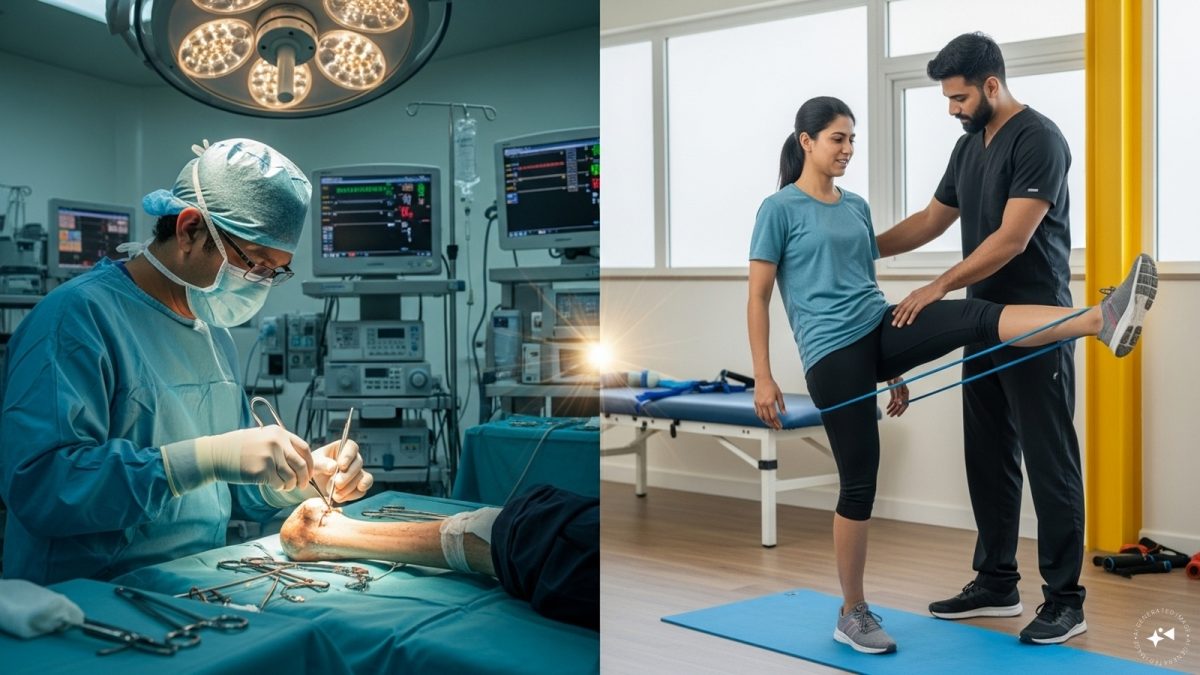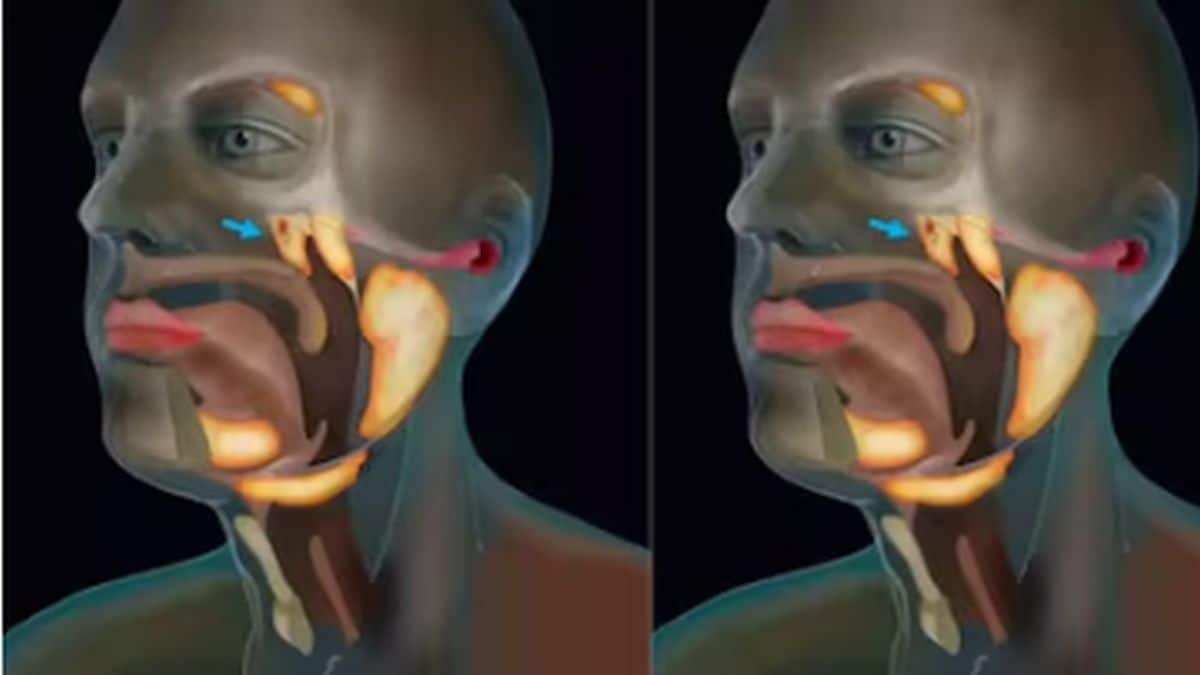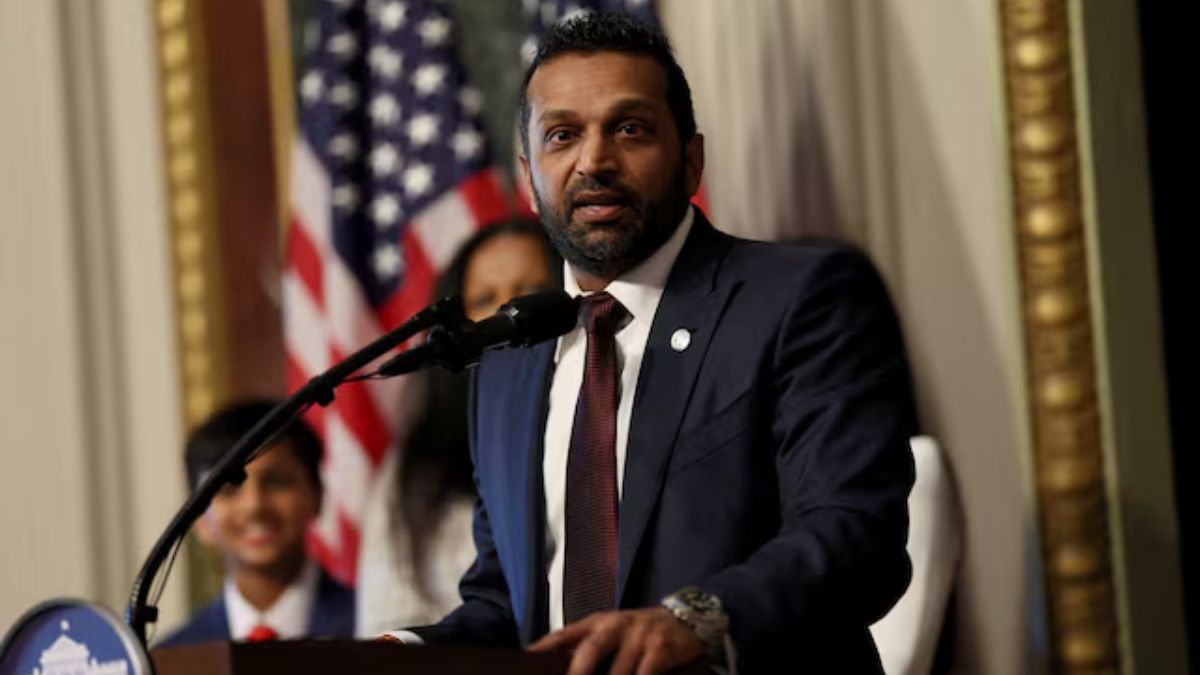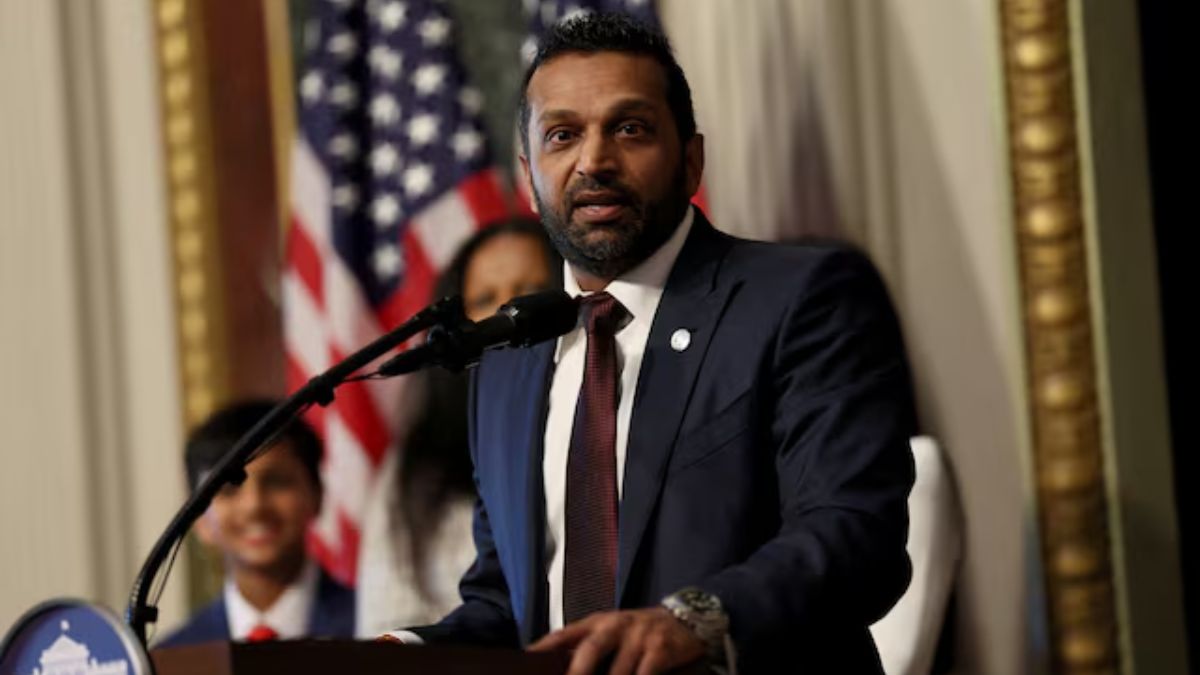As India grapples with rising musculoskeletal ailments, from lifestyle-related spine damage to post-surgical complications, two fronts of intervention are emerging as essential: timely orthopedic care and structured physiotherapy. Together, they offer a lifeline to avert long-term disability and rising healthcare costs.
Staggering infection numbers
A recent multicentric ICMR study across AIIMS Delhi, Kasturba Manipal and Tata Memorial Hospital highlights a grim reality: around 1.5 million surgical site infections (SSIs) occur annually in India, with an overall rate of 5.2%, significantly higher than in most high-income countries. Shockingly, 54.2% of orthopedic surgeries, particularly complex procedures like ORIF/CRIF and debridement, result in infections. Prolonged surgeries and post-discharge infections account for nearly two-thirds of cases.
Lifestyle trends fuelling Orthopedic complications
Musculoskeletal pain affects nearly 26% of residents in the National Capital Region (NCR), with obesity doubling the odds of joint or back pain. Over half report chronic backache, signalling lifestyle-driven early degeneration. Certain professions, such as handloom weaving in Gujarat, further aggravate the issue due to repetitive strain and poor ergonomics, with 60% of Kutch weavers reporting musculoskeletal issues.
Expert voices: Surgery meets rehabilitation
Dr. Sushil Sharma, Senior Consultant (Joint & Knee Replacement Surgeon) at Kailash Hospitals said “High rates of orthopedic infections, touching over 50% in some cases, mean that surgical success hinges on structured follow-up. Delays, especially post-discharge, amplify risks.”
He also notes that lifestyle diseases like obesity and diabetes significantly affect healing and joint health, pushing the need for early intervention.
From a rehabilitation standpoint, Physiotherapist Dr Surbhi Gupta stresses the continuum of care: “Physiotherapy isn’t just recovery, it’s prevention. For young professionals with early-onset spine pain or arthritis, tailored mobility and posture routines can halt degeneration inland.”
“Physiotherapy usually approaches it through comprehensive assessment, exercise prescription adjustments, encouraging aerobic activity for obesity, emphasising flexibility and balance training for diabetes, breathing exercises for chronic conditions like heart disease, COPD etc," Dr Surbhi added.
She also emphasizes the elderly’s vulnerability: simple balance and strength exercises can dramatically reduce fall risks while preserving autonomy and quality of life.
Bridging the gap: Rehabilitation as prevention
Physiotherapy is critical not only after surgeries but also for preventing complications like joint stiffness, DVT, muscle wasting and falls, said Dr Surbhi. Its benefits include:
*Pain and inflammation control
*Posture correction and ergonomics
*Strengthening, stability, and flexibility training
*Movement re-education and endurance building
*Balance and gait training to reduce falls
Young professionals, often dealing with early-onset arthritis and spine issues due to prolonged sitting, poor posture, stress and lack of physical activity, stand to benefit significantly from early physiotherapy intervention.
A unified approach
Dr. Surbhi Gupta emphasises that physiotherapy remains critically underutilised in India, especially in rural regions, despite its essential role in recovery and long-term mobility.
“Tele-rehabilitation and home-based care are promising solutions,” she said, “but they can only succeed with systemic support, standardised protocols and widespread public awareness.”
Impact Shorts
More ShortsShe explains that addressing India’s orthopedic challenges requires a dual strategy: preventing infections through timely surgical care and reducing long-term disability through early and structured physiotherapy.
Dr. Gupta stresses the importance of integrated protocols that link orthopedic surgery with immediate physiotherapy interventions, robust post-discharge surveillance systems such as the ICMR SSI network, and the expansion of rehabilitation hubs and telehealth solutions to reach underserved areas.
Public awareness is equally critical. “Patients must understand the value of early professional intervention rather than self-diagnosis or delayed care,” she said. Moreover, Dr. Gupta highlights the need for policies that incentivise physiotherapy alongside investment in surgical infrastructure, ensuring recovery and prevention are treated as complementary pillars of musculoskeletal health.


)

)
)
)
)
)
)
)
)



